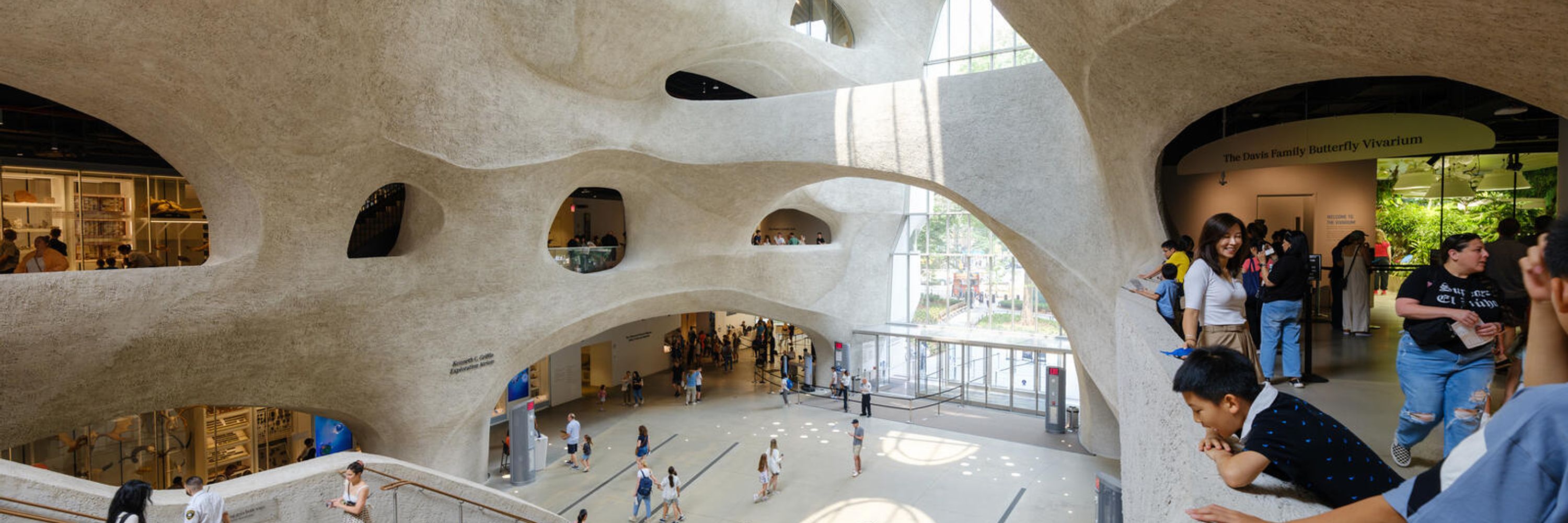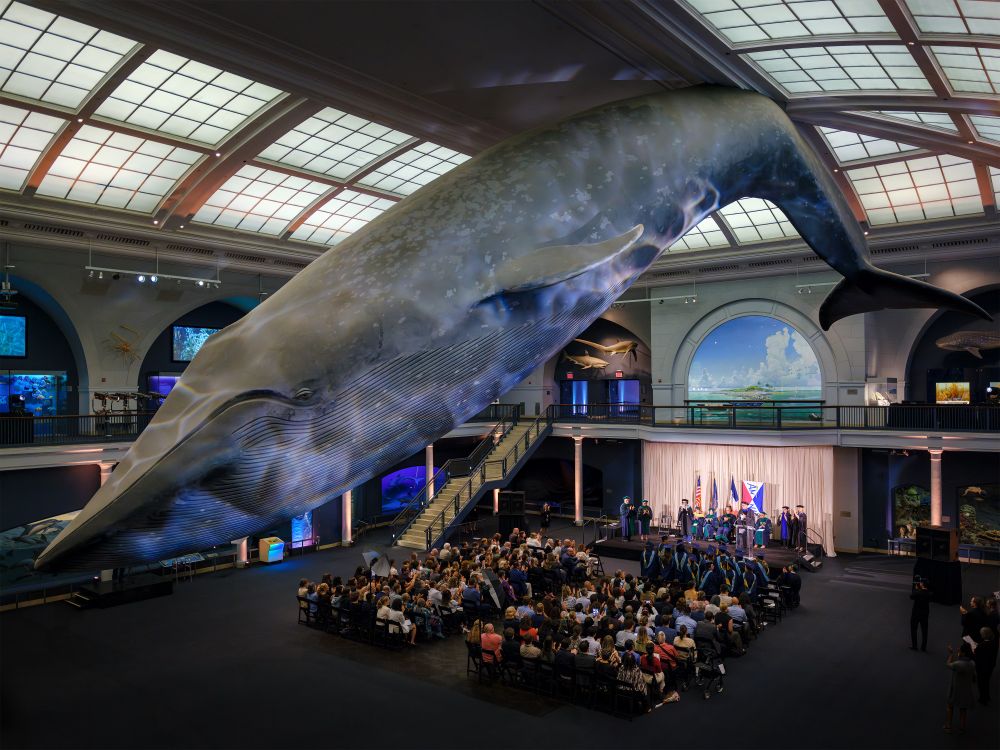American Museum of Natural History
@amnh.org
21K followers
18 following
440 posts
Official page of the American Museum of Natural History in New York City. Open daily, 10 am–5:30 pm.
https://linktr.ee/amnh
Posts
Media
Videos
Starter Packs
Reposted by American Museum of Natural History
Reposted by American Museum of Natural History
Reposted by American Museum of Natural History
Reposted by American Museum of Natural History
Reposted by American Museum of Natural History


















